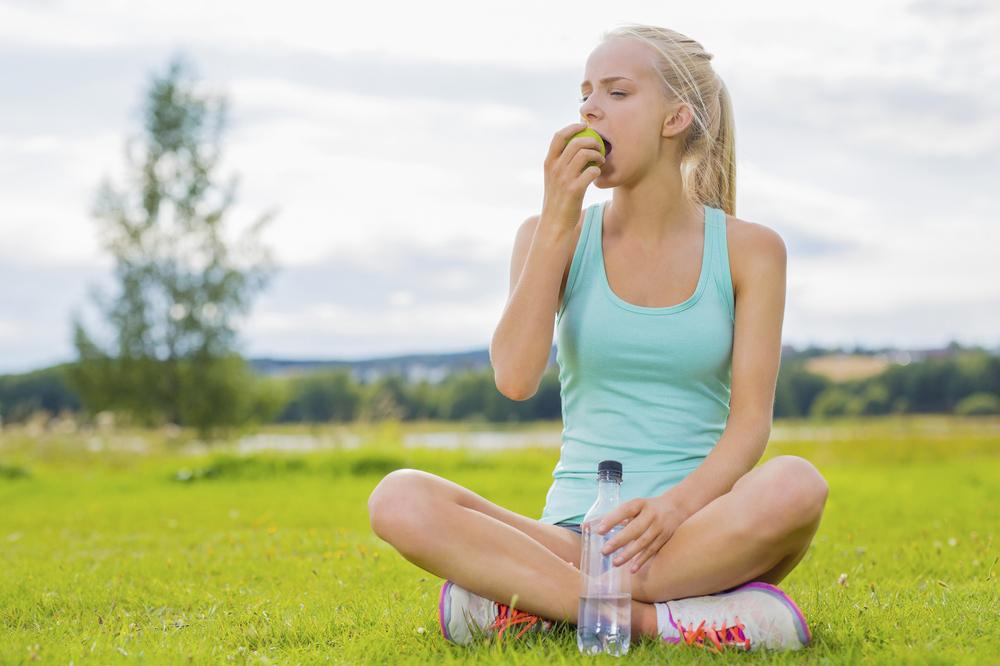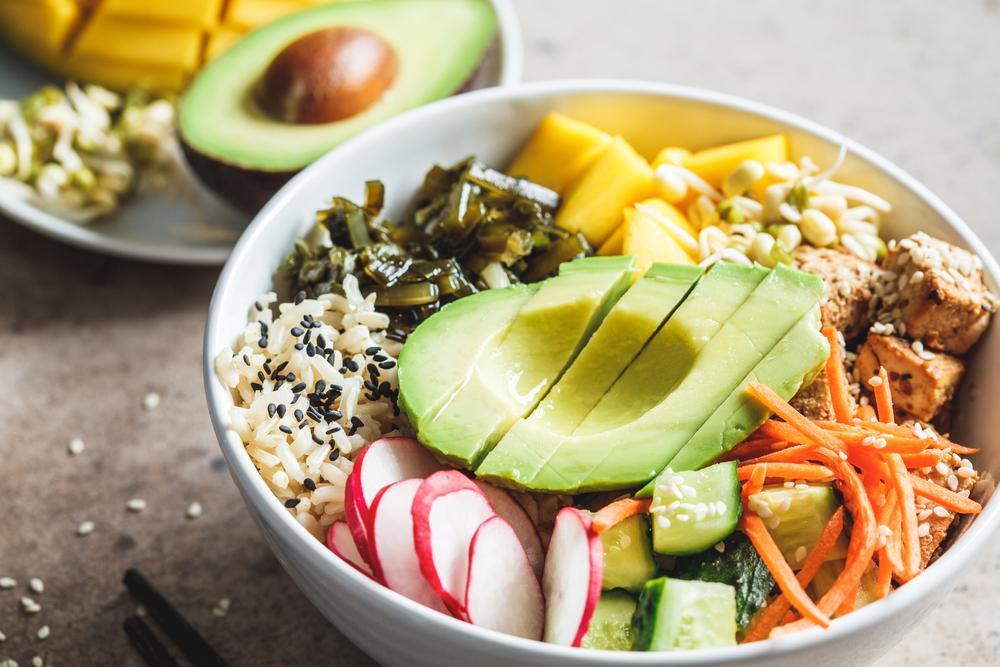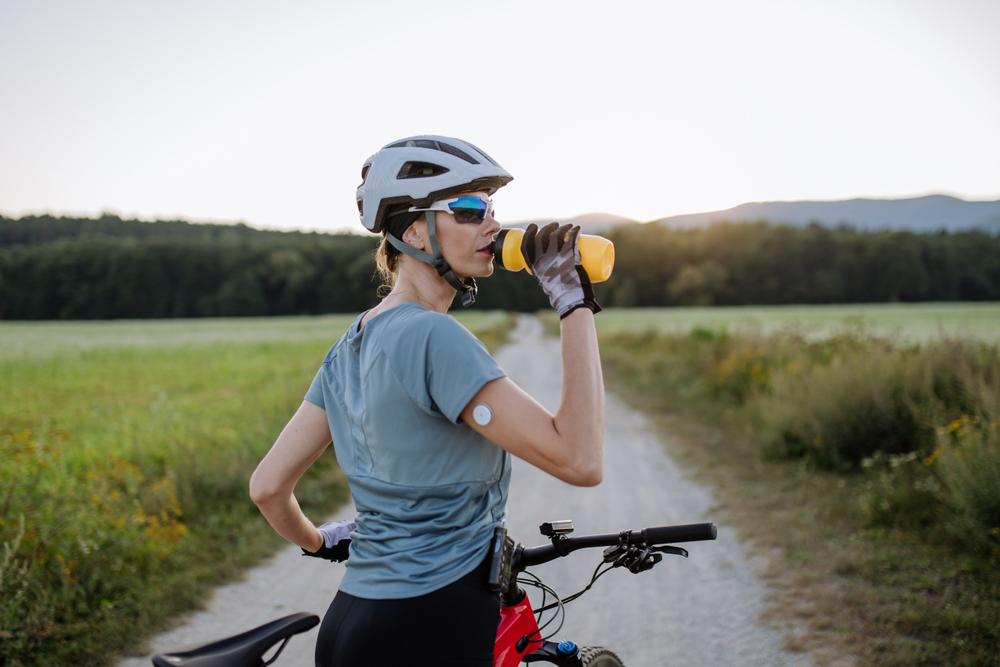 For youth athletes, the longest days of the year involve day-long tournaments, two-a-day practices, tough conditioning camps, and generally being out in the heat from sun up to sun down.
For youth athletes, the longest days of the year involve day-long tournaments, two-a-day practices, tough conditioning camps, and generally being out in the heat from sun up to sun down.
Long summer days make an athlete’s food and fluid demands much different than during colder, less active months. Insufficient nutrition in a hot and demanding environment can lead to poor performance and recovery, as well as cramps, nausea, or even heat illness.
Thankfully, preventing these ailments and keeping an athlete properly fueled isn’t rocket science. With a combination of the below methods (and some experimentation) you can help your athletes avoid a dog-day crash.
Staying Hydrated Through Fruits and Veggies
Staying hydrated while playing sports is vital regardless of season, but perhaps doubly important in the summer months. This doesn’t just mean carrying around a bottle of water at all times (though that’s certainly not a bad habit), but also eating foods that help rehydrate before, during, and after playing sports.
Aptly-named, watermelon is perhaps the most obvious food that both nourishes and hydrates. This fruit is over 90% water and has a low sugar content. Grapefruit, strawberries, cantaloupe, grapes, honeydew, oranges, peaches, pears, and pineapple all also contain similar amounts of water and are enjoyed by most kids.
Maybe less appealing to a youth athlete’s palette but no less rehydrating are many vegetables such as cucumber, zucchini, and carrots. Throw some combination of these, the aforementioned fruits, ice, and coconut water into a blender and you have one super-hydrating (and tasty) summer beverage.
Saved by Sodium
While too much sodium can have debilitating effects for the average Joe, for competitive athletes it can be the difference between still being able to play hard in the fourth quarter and crashing hard on the bench. For the average American, the USDA recommends an intake of less than 1500-2300 mg of sodium per day, however for an athlete in hot conditions this demand is higher. Insufficient sodium levels can result in cramps, headaches, nausea, and hyponatremia (a low concentration of sodium in the blood).
To combat this intense sodium loss, slightly up the intake of sodium leading up to and during intense summer sport days. This can be done through sources that help fulfill athletes’ other nutritional needs at the same time, such as vegetable juices, soups, whole grain snacks like crackers and pretzels, rice cakes, condiments, prepared or cured meats, and sports drinks.
The Day(s) Before
How an athlete performs during a long day of practice or games is largely dictated by what they take in the day before. Just as beginning to drink water when you become thirsty likely means you are already dehydrated, waiting until the day of a long summer training session to load up on the necessary macronutrients and calories is already too late.
In addition to drinking water steadily throughout the days prior, serve up a big and balanced meal that has a good balance of protein, fats, and carbs the night prior. Some favorites of many competitive and professional athletes are whole-grain pastas with chicken or fish with sweet potatoes and other vegetables. While there is little evidence to support traditional “carbo-loading” as necessary, adequate energy intake is necessary so athletes can recover from previous efforts and replenish muscle glycogen. An athlete who consumes a varied diet and adequate total energy will fully replenish glycogen stores within 24 hours of a workout or game.
Snacks for Short Windows in Between Exercise
For long practice days or tournaments where athletes only have a few hours to take a break and eat something, an athlete’s food choice is incredibly important. Although an athlete might insist they can go for a pizza or a burger, greasy food won’t sit well or lead to strong performance when it comes time to play again. Complex carbs (such as those found in whole grains, potatoes, and brown rice) go a long way in fueling athletes. For short windows in between activity, however, they might digest slower than desired and feel ‘heavy’ in the stomach. Similarly, while protein’s role in helping the body repair and recover can’t be understated, in a short turnaround situation protein-heavy snacks might feel overly heavy in the stomach.
Simple carbohydrates are absorbed and utilized much faster by the body, like those found in bananas, dried fruit, and white bread. Simple carbs are not all created equally, and often the most-easily available (like in baked goods and candy) are overly-processed and can cause a spike and subsequent crash in blood sugar. Snacks that combine fruit or vegetables with some additional carbohydrate from grain and a little protein and fat to help the energy last longer. Things like peanut butter and banana sandwiches, yogurt and granola with added fruit, or fruit with nuts and cheese.
For quick refueling, the International Olympic Committee recommends a target carbohydrate intake of “1g per kg of body mass per hour for the first 4 hours [of activity], with frequent small snacks.”
Figuring Out a Plan
Sports nutrition is far from an exact science. Figuring out what works best for your athlete is largely subject to trial and error and tinkering with others’ guidelines and suggestions. There are too many variables in an athlete’s age and physical condition, the weather, duration and type of sporting activity, and the amount of time in between activity for there to be a one-size fits all solution as it pertains to keeping youth athletes fueled during the summer.
If you are the chief meal preparer and/or snack provider to your athlete, learn if they are adequately fueled or not by asking questions about how they felt near the end of a high-activity day. Their answers might let you know what tweaks need to be made to their meals or if special healthy snacks need to be sent with them.
While diet can significantly impact how an athlete feels in the heat, there is no perfect combination of food and fluids that can combat being out in the sun too long.
Sources:
https://health.gov/dietaryguidelines/2015/resources/2015-2020_Dietary_Guidelines.pdf



